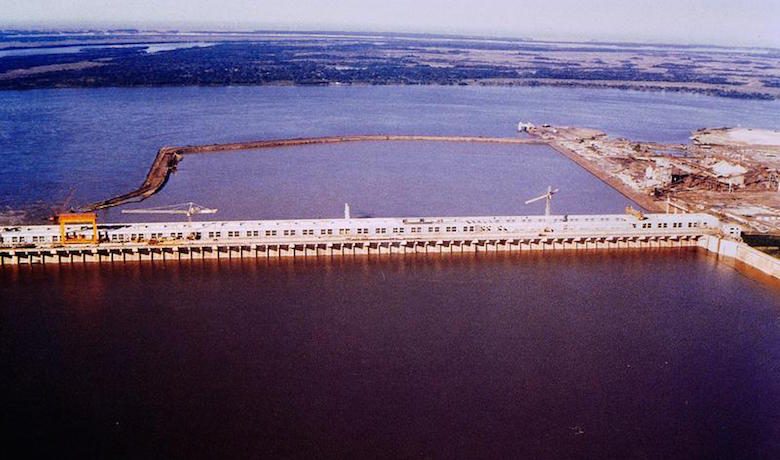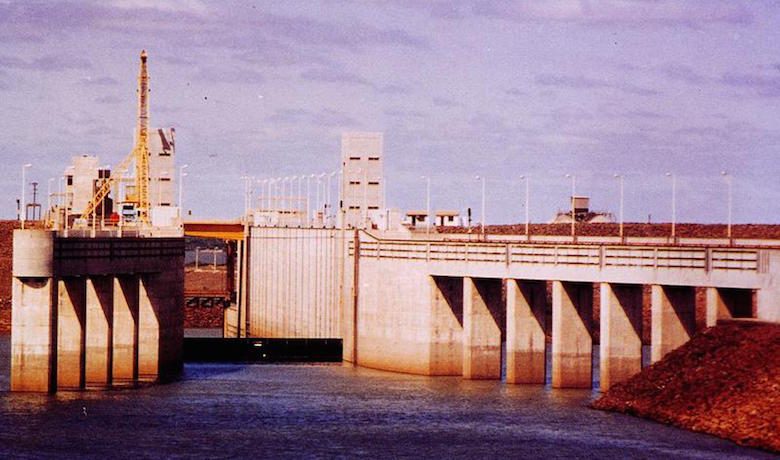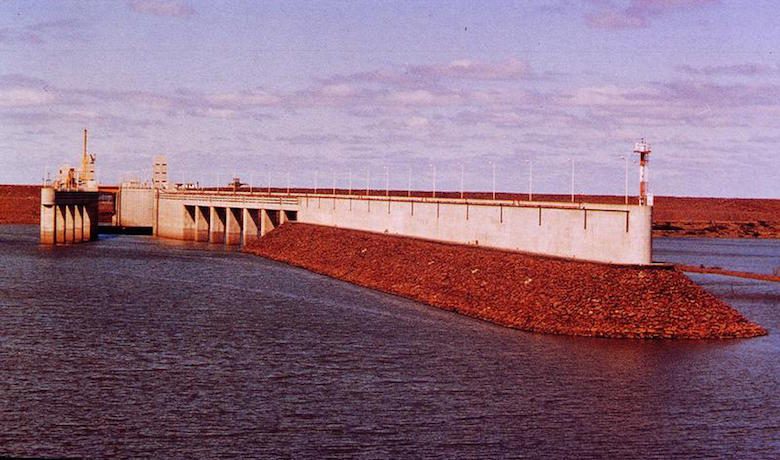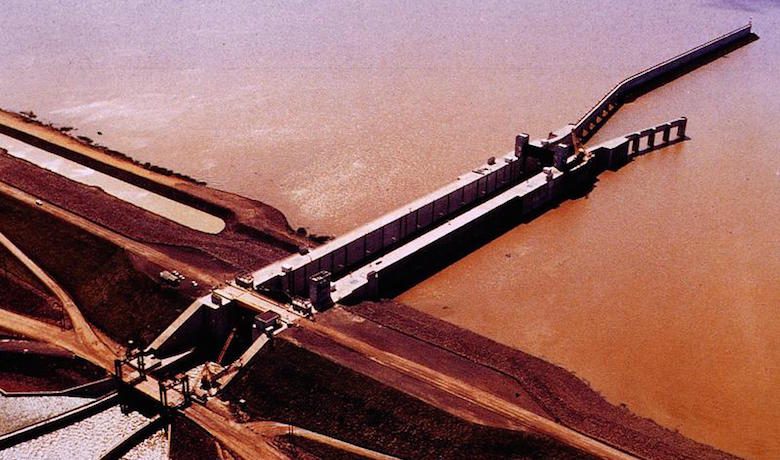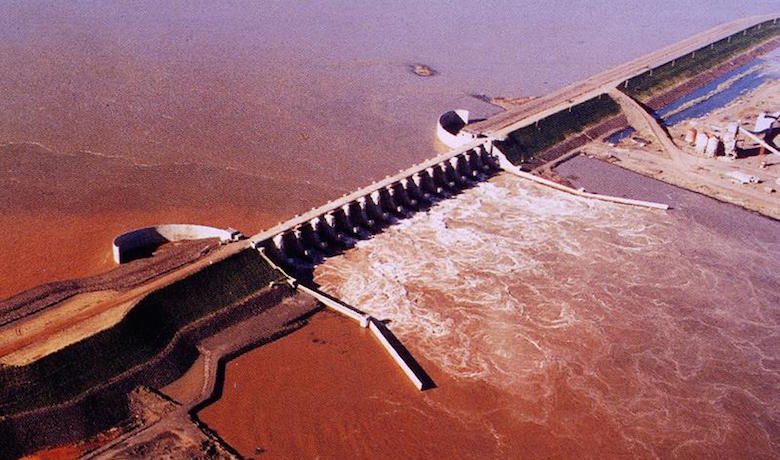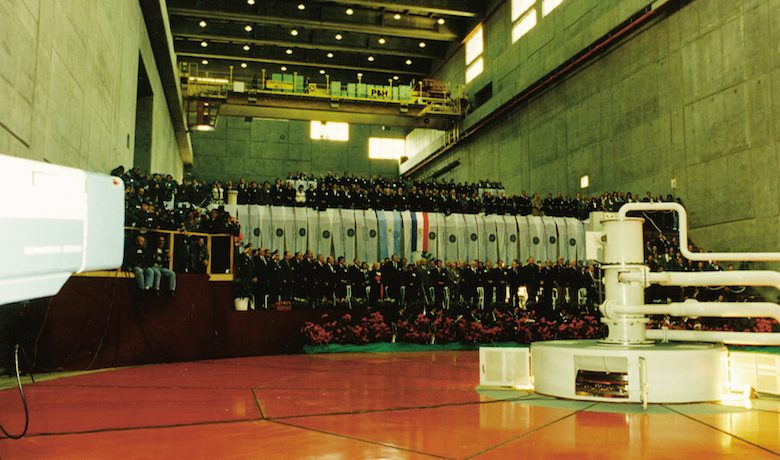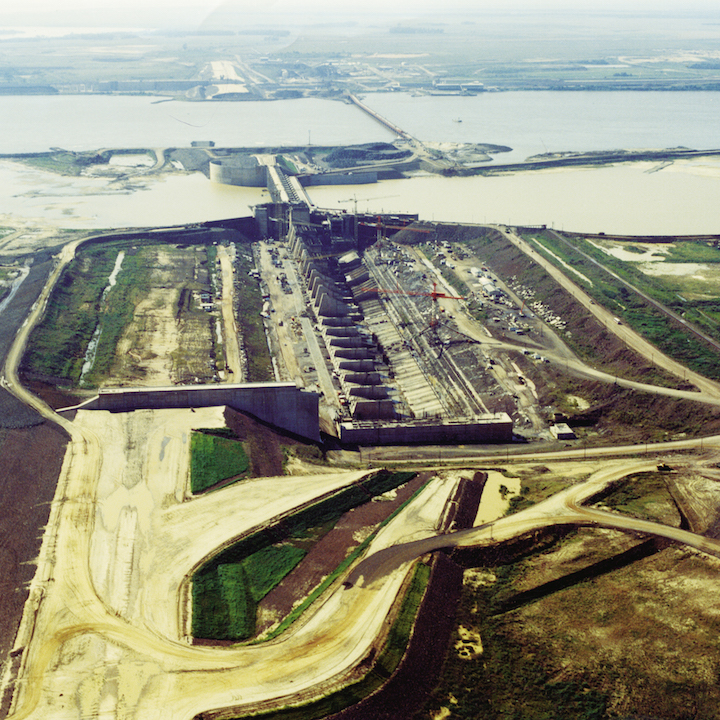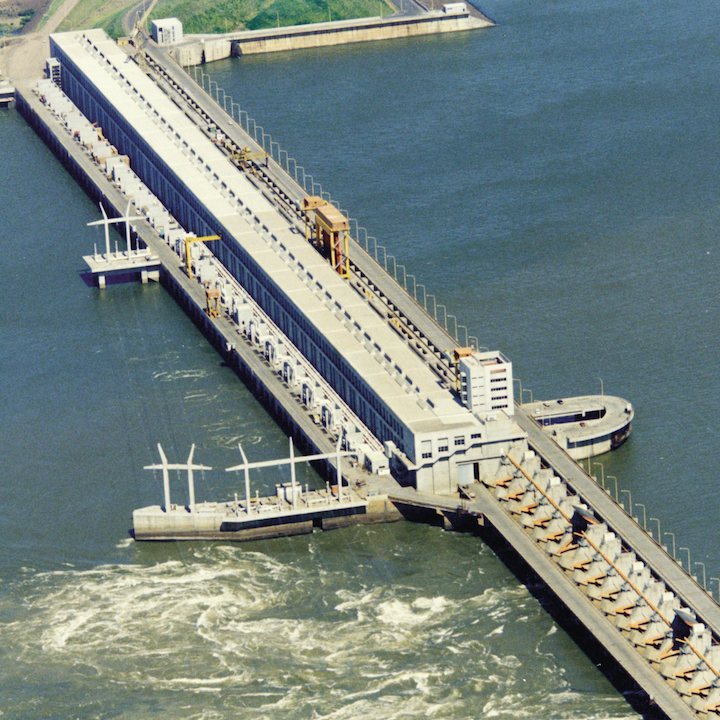BACKGROUND
Already in 1958, the Argentine government thought that construction of a large dam would contribute to the development and progress of the country. In fact, hydroelectric power allows electricity to be distributed throughout a country at a relatively low cost of operation. Also, the Paraná River and its tributaries make up the third largest river network in the world after the Amazon and the Mississippi. So, this river is a good location for this construction. The idea of building a hydroelectric power plant on the Paraná River was born from the desire to support Argentina in its economic, demographic and technological development. This is why, in 1958, an agreement was signed between Argentina and Paraguay to create a commission. This commission carried out technical and economic feasibility studies which culminated in a project to build the Yaciretá Dam jointly.


